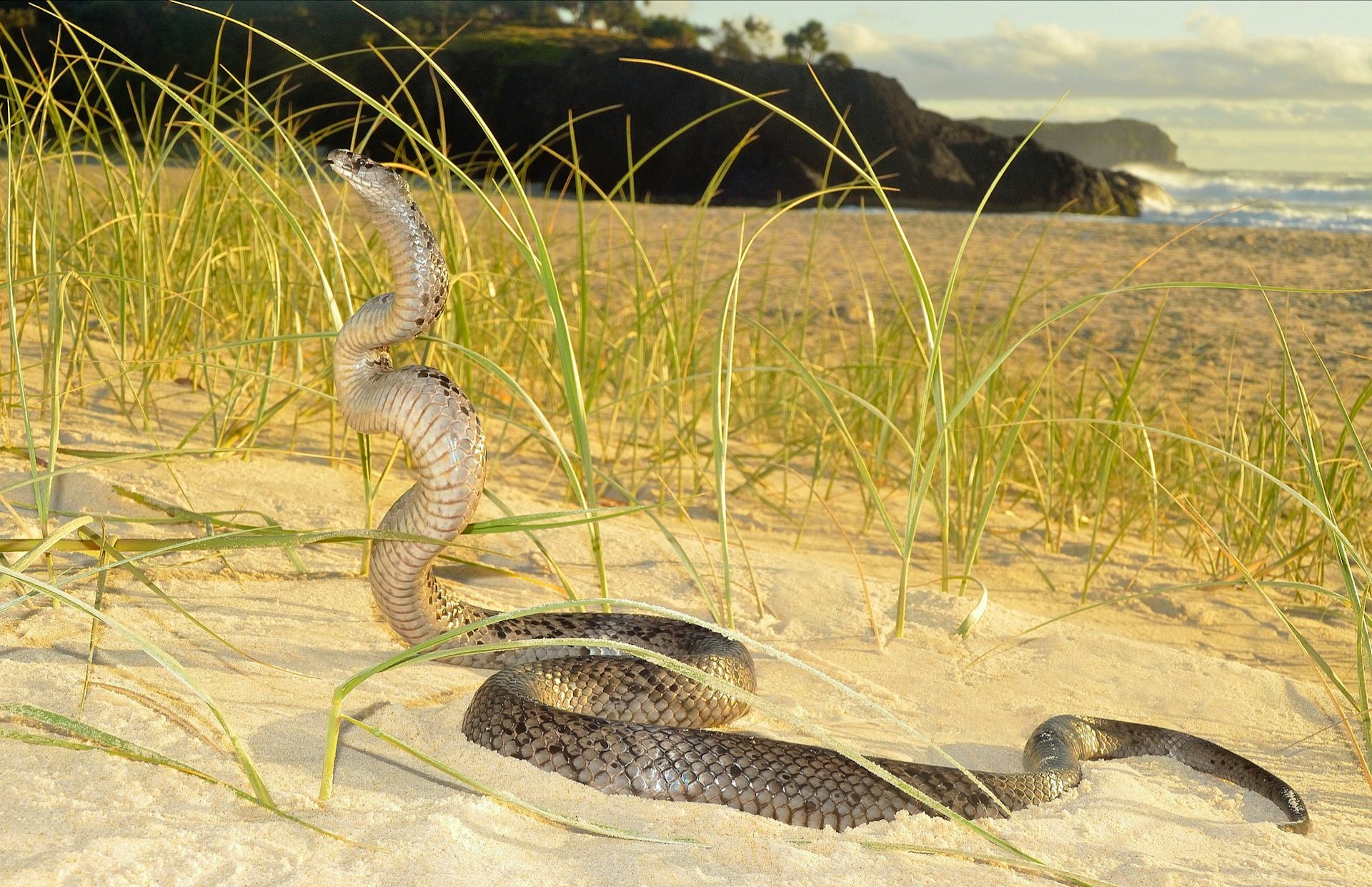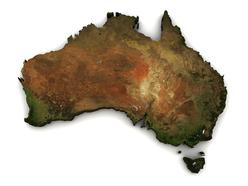Introduction
The Tasmanian tiger serpent, scientifically called Notechis scutatus, is just one of Australia's a lot of intriguing reptiles. Located largely in Tasmania and its surrounding islands, this serpent has actually amassed focus not only for its striking look but also for its complicated behavior and crucial role in the ecosystem. This article will discover the numerous elements of the Tasmanian tiger snake's habitat, behavior, makeup, and interactions with people while supplying crucial info about safety measures in situation of a snake bite.
Whether you're a scientist, a wildlife enthusiast, or simply someone interested concerning these interesting creatures, this thorough overview assures to supply understandings that are both insightful and appealing. So allow's embark on this trip to understand the Tasmanian tiger snake better!
The Tasmanian Tiger Serpent: An Overview
Physical Attributes of the Tasmanian Tiger Snake
Tiger serpents are identified by their unique coloration and patterns. They normally display a mix of yellow or lotion stripes on a dark brownish or black background-- thus the name "tiger." Grown-up tiger serpents can grow up to roughly 2.1 meters copperhead snake tasmania long, although many individuals average around 1.5 meters.
Key Features:
- Coloration: Differs from dark brown to olive environment-friendly with lighter bands. Size: Adults normally range from 1.2 to 2.1 meters. Head Forming: Definitely wide with prominent eyes.
Distribution and Habitat of the Tasmanian Tiger Snake
The Tasmanian tiger snake mostly inhabits Have a peek here coastal areas, wetlands, marshes, and grasslands in Tasmania. It prospers in environments where it can easily gain access to water sources because it is typically discovered near streams or lakes.
Habitat Preferences:
- Wetlands: Ideal for hunting target like frogs and tiny mammals. Coastal Locations: Offers bountiful food resources. Grasslands: Gives cover and basking spots.
Understanding Tiger Snake Behavior
Feeding Behaviors of the Tasmanian Tiger Snake
Tiger serpents are carnivorous and opportunistic feeders. Their diet plan consists mainly of frogs, fish, tiny animals, and birds. They count on their keen vision and swift movements for hunting.
Dietary Break down:

- Frogs: A main element because of abundance in wetland habitats. Fish: Often captured when swimming in superficial waters. Small Mammals: Periodically exploit rodents.
Breeding Actions of the Tasmanian Tiger Snake
Tiger snakes have an interesting reproductive cycle. Mating typically occurs in spring after emerging from hibernation. Women tiger snakes give birth to live young rather than laying eggs, which is rather special amongst reptiles.
Reproductive Cycle:
- Mating Season: Springtime (September to November). Gestation Period: Approximately three months. Litter Dimension: Arrays from 20 to 40 child tiger snakes.
Aggression and Defense Mechanisms of the Tasmanian Tiger Snake
Though they can be aggressive when endangered, tiger serpents typically prefer to pull away instead of face danger directly. Their main defense check here reaction include attacking when caught or showing their size with hissing.
Defensive Methods:
- Hissing Noise: A caution signal indicating distress. Bite Response: A last hope when getaway options are limited.
Are Tiger Snakes Venomous? Comprehending Their Venom
Venom Composition and Effects
Yes! The Tasmanian tiger serpent is poisonous. Its venom consists of neurotoxins that can create serious injury and even fatality if left neglected. The impacts of a bite can consist of paralysis, swelling at the bite site, queasiness, and other systemic symptoms.
Venom Attributes:
- Neurotoxic Parts: Affect nervous system functioning. Hemotoxic Results: Can lead to cells damage.
Common Signs Following a Tiger Serpent Bite
Recognizing signs promptly is critical for effective emergency treatment monitoring after a snake bite:
- Severe pain at bite site Swelling Nausea or vomiting Difficulty breathing
First Aid for Snake Bites: What You Need to Know
Immediate Steps After a Tiger Serpent Bite
In case you run into a scenario involving a tiger snake bite, it's imperative to act swiftly:
Call emergency solutions immediately. Keep the influenced arm or leg debilitated in mind level. Remove limited clothes or precious jewelry around the bite site.Creating Your Snake Bite First Aid Kit
Having a sufficiently equipped emergency treatment set can make all the distinction during emergencies:|Thing|Purpose|| ------|---------|| Compression plaster|To incapacitate limb|| Splint|To stabilize hurt location|| Antiseptic wipes|For cleaning up injuries|
FAQs Regarding the Tasmanian Tiger Snake
What do baby tiger snakes eat?
Baby tiger snakes primarily eat little pests and amphibians until they expand big enough to hunt bigger victim like frogs or little fish.
How dangerous is a tiger snake bite?
A tiger snake bite can be very dangerous because of its powerful venom; immediate medical focus is necessary for survival.
Where are eastern tiger snakes found?
Eastern tiger snakes occupy seaside regions across southeastern Australia yet are less usual than their Tasmanian counterparts.
What needs to I do if I see a tiger snake?
Maintain your range; do not attempt to handle it unless you're trained to do so-- most attacks occur during attempts at capture or mishandling.

Can I survive without antivenom after being bitten?
While some individuals may make it through without antivenom relying on numerous elements such as health and wellness conditions and time considered treatment; seeking instant medical assistance is constantly suggested as it dramatically increases survival chances.
Are there any type of certain safety measures I need to take while treking in Tasmania?
Always use tough boots, stay on marked routes, prevent tall grass where presence may be limited; acquaint on your own with neighborhood wildlife before going out right into nature!
Conclusion
The Tajamanian tiger serpent represents an important part of Australia's abundant biodiversity landscape both environmentally as predators and culturally as signs within Australian folklore. Recognizing their habitat preferences together with habits offers understanding right into just how we can exist side-by-side safely while valuing wild animals borders-- remembering that understanding leads us in the direction of much safer experiences outdoors!
By staying informed regarding possible threats such as envenomation from bites while also taking safety nets makes sure positive experiences when experiencing these remarkable animals!

In conclusion, whether you're fascinated by their striking look or captivated by their complex behaviors-- the Tasmanian tiger serpent undoubtedly deserves recognition beyond simple fascination-- it encapsulates nature's appeal linked elaborately within our ecosystems!